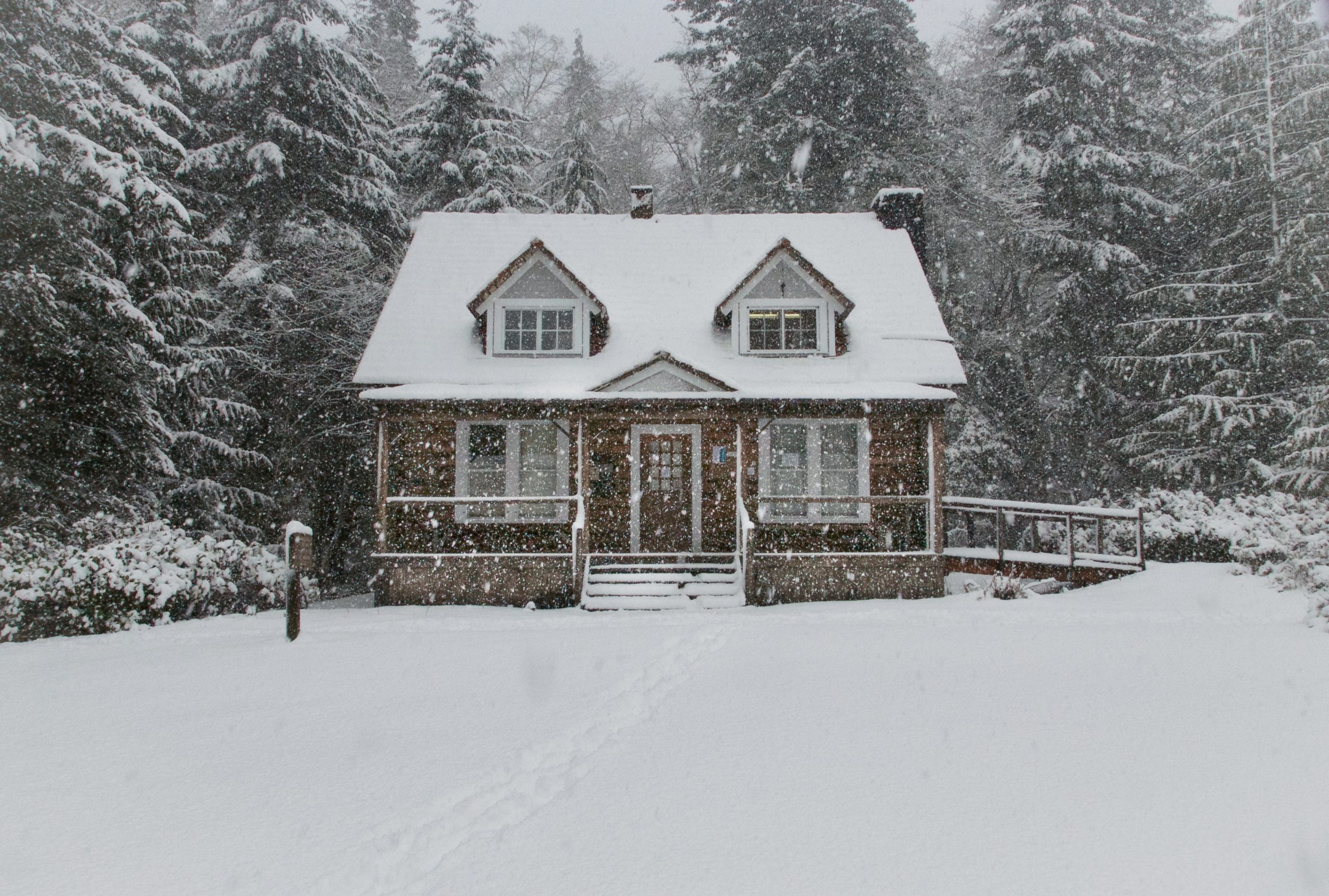Unfortunately, anyone who owns a plot of land is not allowed to build on it what and where they want. The permitted development of the property follows clear guidelines that are recorded in the development plan of the respective property. In addition to the possible use of the area – i.e. whether, for example, a residential building, an office building or a commercial area can be built – the development plan also provides information about how large the built-up area can be and where the house should be located on the property.
the essentials in brief
Within your own property, you may only build on designated partial areas.
The construction line must not be built over.
The building line must be touched by one side of the building during construction.
Every house in its place
Anyone who has already taken a look at the Building Utilization Ordinance (BauNVO) will find the term “plottable area” there. This is the part of a building plot on which a structure or building may be erected – of course taking into account the stipulations of the development plan and the building code regulations. This area is shown in the development plan and limited by the building boundary and building line. But why is such a buildable plot of land defined at all? Shouldn’t every property owner be able to decide for himself where his future house is? The reason for this are overarching urban planning considerations that aim to position buildings as planned.
Building line and building line on your property
When you look at the development plan, you first notice many seemingly identical lines. But if you take a closer look, you can see their different structure. A distinction must be made between the property line, the building line and the building line . Building line and building line are easy to confuse optically, but they are still very different.

What is the construction limit?
The so-called construction limit is an area that must not be built over by buildings or parts of buildings . Slightly protruding parts of the building can be approved in exceptional cases. The building line is shown in every development plan as a blue line . If no additional construction line is specified, the building can be freely positioned within this area in accordance with the statutory guidelines.

What is the building line?
The building line (or the vanishing line), on the other hand, must be touched by one side of the building, so an outer wall must be built on it. The aim of a building line is usually to achieve a continuous row of houses on the street side or a uniform settlement pattern. A building line can be defined as a front and side border, but also as a completely closed area outline. In the latter case, the area delimited by the construction line must be completely filled with the floor area of a building.
But even within these boundary lines, you should not build as you please. Various symbols in the development plan specify, for example, how high and what type of building may be erected on the plot of land that can be built on. If you need help interpreting the many lines, signatures and numbers in the development plan, take a look at the planning sign ordinance.



